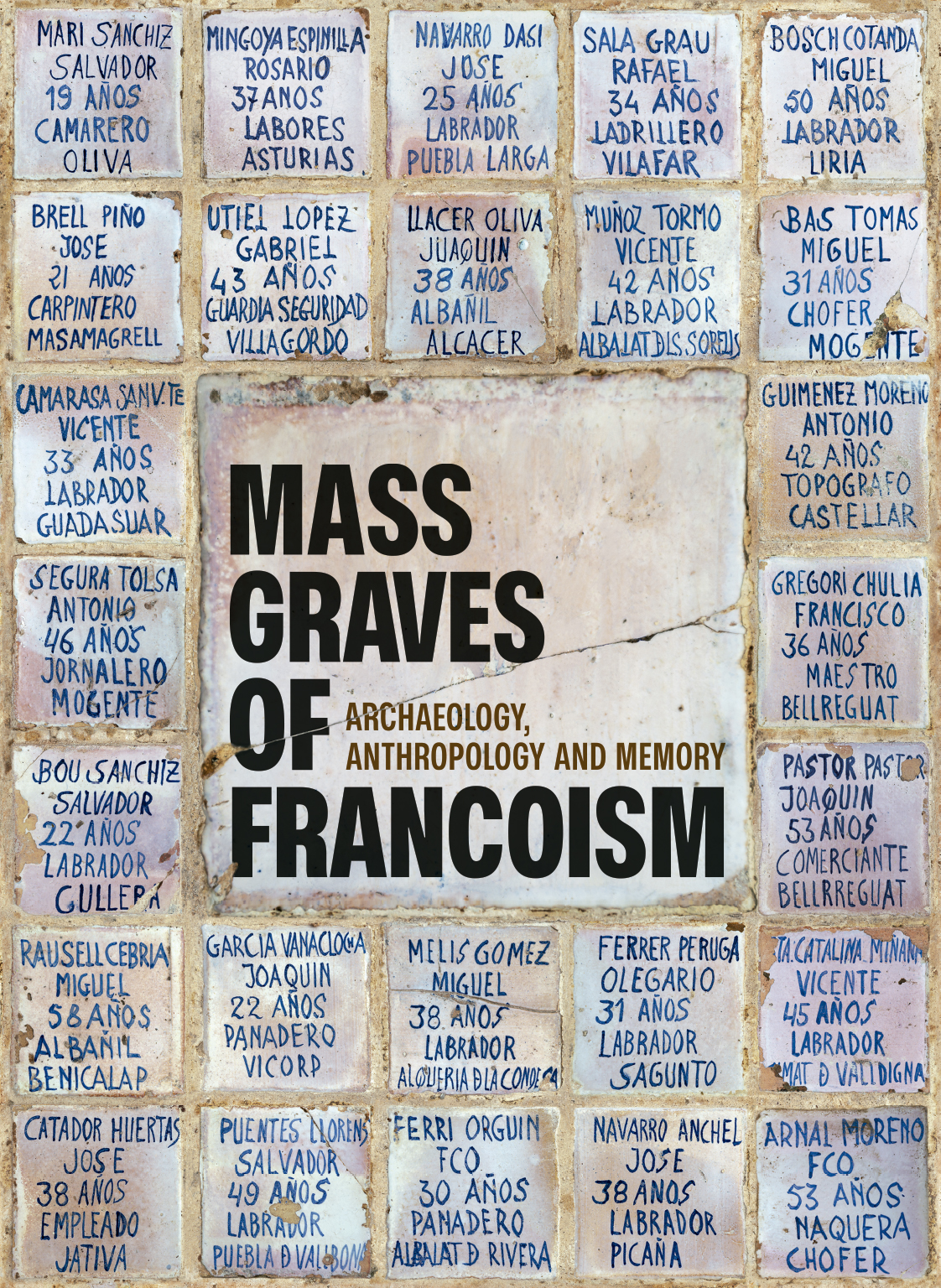
The catalogue for this exhibition was designed as a tribute to all those who, fighting for freedom, were shot to death without the right to the minimum legal guarantees. It was also designed to recognize their families, who have kept their memory alive throughout the years. Only in Paterna, 2.238 people were killed under this procedure between 1939 and 1956, which makes this place one of the largest centers of terror across Spain. Their bodies were thrown into mass graves, where they were crammed together as an example of what dissidents of the Civil War winners could expect. This policy of terror, which started during the war and continued during the so-called peace time, had as its key objective to erase both the Republican ideals and those who embodied and defended them from the collective memory.
The articles in this publication approach the subject of mass graves from ‘inside’ (the archeology of the graves), from ‘outside’ (anthropological approach), and from the collective memory (democratic memory). All of them are complementary when it comes to understanding what they really meant and what we should never allow again in our society.






 Noticias
Noticias